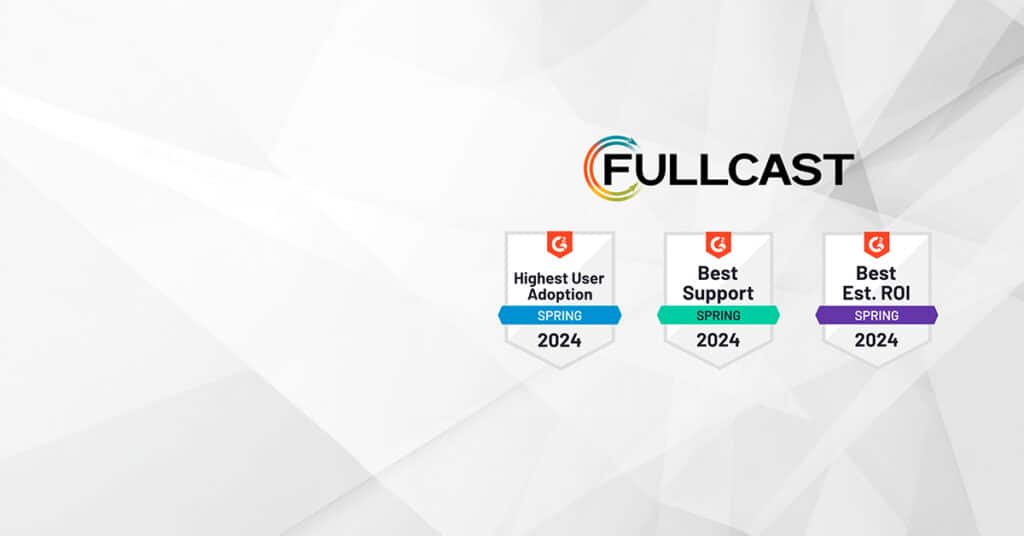Choosing tools for your RevOps tech stack can be overwhelming. There are literally thousands of tools available all with similar-sounding claims. So what are the critical enabling tools to ensure RevOps runs efficiently? Here, we attempt to break through the noise.
First, let’s start with the definition of RevOps. RevOps aligns Sales, Marketing, and Customer Success functions by integrating all of the systems and tools that play a role in Revenue Operations into one streamlined, coherent system. This is extremely difficult in practice, particularly when it comes to connecting strategy with execution across the end-to-end revenue engine. Every company has a GTM plan, however operational roadblocks often make it impossible to execute on the plan. For example, most companies conduct their planning in spreadsheets or use a corporate planning tool but then have no way to implement the plan or efficiently execute changes across their disparate systems and numerous point tools. As a result, Ops teams often spend more time building pivot tables and writing custom code in order to keep everything in sync – a significant time sink.
RevOps is all about using automation to maximize efficiency across the entire revenue engine. When done right, RevOps produces significant efficiency and productivity benefits. RevOps is not a single benefit or a specific technology. For example, some companies may contend that RevOps is limited to a specific function such as “conversation intelligence,” but that’s a narrow view of RevOps. True RevOps methods apply to the totality of functions and processes related to revenue generation and benefits could accrue anywhere along the value chain.
Our view is that the RevOps tech stack should focus on the important management and operations activities that support and ensure pipeline generation and deal execution operate effectively. RevOps tools tie strategy to execution and seamlessly orchestrate all GTM functions from lead to renewal. Others, notably Sapphire Ventures, have provided an excellent overview of the entire GTM landscape. However, if your goal is to build a robust RevOps process, start with these three areas. Figure 1 shows the RevOps Vendor Landscape with representative vendors (PDF available here).
CRM
Your Customer Relationship Management System (CRM) is the foundation of your revenue engine. It enables you to manage your company’s relationships and interactions with customers and potential customers. Salesforce is the granddaddy of all CRMs, but there are many options depending on your needs. The important thing to remember about your CRM is that it is a transactional tool. It does not allow you to plan, model, and carry out the critical GTM functions necessary to maximize the efficiency of your revenue operations. Other tools are needed to support planning and operations.

GTM Planning
If you fail to plan, you are planning to fail. This old adage is especially true in RevOps because for the GTM plan to be successful, organizations must spend time planning. In many cases, RevOps teams rely on spreadsheets or even use corporate planning tools to complete these tasks, but these efforts are not scalable. Today, there are RevOps tools available that simplify these complex tasks.
Important planning activities include:
- Territory Management – Territory Management tools enable annual territory carving and segmentation activities. More advanced tools also enable you to easily manage runtime plan changes.
- Quota and Target Setting – Quota and target setting tools help organizations determine company, business unit and/or individual goals (financial and other) that are fair, transparent, data-driven, and customer-focused. Quota is one form of target but others could be market penetration, competitive goals, or any other metric that determines success. Quotas and territories need to run in lockstep so managing these activities in one system makes sense if possible.
- Workforce/Capacity Management and Planning – Capacity management and planning tools enable companies to determine how many account team members the organization will need to meet future growth and revenue targets.
- Channel Design – Channel design tools are used to balance resources across direct and indirect channels or routes to market.
GTM Operations and Management
GTM Operations and Management is the category of tools that enable you to execute on your GTM Plan. These tools run in the background and ensure that everything is operating efficiently. To achieve the maximum benefits of RevOps, these activities must be aligned with your GTM plan and automatically stay synced as your plan evolves.
- Data Quality – Your GTM plan is only as good as the data it is built upon. Data Hygiene tools monitor the data in your CRM to make sure it is accurate and useful.
- Routing – Routing tools ensure that leads, accounts, cases, and opportunities are getting to the right person for the job. In order to provide a seamless customer experience, routing must automatically update as GTM and territory plans changes
- Pipeline Management and Forecasting Tools – Pipeline tools are important to track the activity of sales reps in order to develop as accurate a sales forecast as possible. They enable managers and reps to organize, track, monitor, and manage their opportunities, as well as streamline the overall sales process, for optimal success. The ability to accurately forecast is tightly aligned with territory plans. As assignments and quotas change, so must the roll-up forecasts.
- Incentive Compensation Calculation and Design – Compensation calculation and design tools enable teams to determine how much account team members should earn based on their performance in order to motivate success, and then calculate those earnings. To pay employees promptly and fairly, close alignment with the quota and territory plans ensures that you know who was doing what job on what territory at what time.
- CPQ – Configure, price and quote (CPQ) tools enable the team to quickly and accurately quote product options and prices, providing a seamless transition from sales journey to decision.
- Sales Enablement – Successful RevOps also requires a focus on people. Sales enablement is all about providing salespeople with what they need to engage their target buyers. It provides salespeople with best practices, knowledge, tools, and resources that enable them to be successful and the organization to scale.
Consolidating Your Tech Stack
RevOps tools include point tools that focus on one aspect of planning and operations, while others take a platform approach. To realize the benefits of RevOps, it is important that point tools are seamlessly integrated across functions. For example, when your territories change mid-year, does your lead routing automatically update? How does this affect quotas and compensation? Consider whether your organization has the budget and bandwidth to manage and integrate multiple tools. A platform approach, on the other hand, ensures that all RevOps functions are seamlessly and automatically integrated, eliminating the need for more spreadsheets, IT support, or additional headcount.
How Do Sales Performance Management Tools Differ From RevOps Tools?
Sales Performance Management (SPM) tools are often mixed up with RevOps tools. According to Gartner, SPM tools are “a suite of operational and analytical functions that automate and unite back-office operational sales processes, and are implemented to improve operational efficiency and effectiveness.” Corporate planning tools (like Anaplan) fall into the SPM category. These tools are great for planning but lack the ability to operationally execute on the plan. Other SPM tools’ core capabilities revolve around managing incentive compensation.
Revenue Operations tools, on the other hand, take a broader approach. They optimize operations workflows beyond sales to other functional areas, such as marketing, lead management, sales forecasting, customer support, and customer success. They enable higher-level end-to-end strategic planning across the entire revenue engine and continuously sync any plan changes with execution. For example, a RevOps platform ensures that both your sales and customer success teams have optimized territory plans with a coordinated handoff of accounts between them. When a sales rep leaves in the middle of the quarter, it ensures that new assignments are quickly made, holdouts are defined, and leads are properly routed. By bridging the gap between functional silos, RevOps tools make the entire revenue generation process more efficient and the sales team more productive.
Conclusion
There are many exciting “RevOps” tools on the market today. To achieve the benefits of RevOps when building your tech stack, look for the tools that bring real efficiencies to pipeline generation and deal execution across the end-to-end-revenue engine. For example, ask yourself whether your tools enable you to handle changes to your GTM plan with agility. Are you spending days updating spreadsheets, resulting in unnecessary rep downtime and lost revenue? Or do your tools automate the assignment, holdout, and lead re-routing processes, to name a few? With the right toolset, jobs that previously took days or weeks, can be completed in minutes, making your revenue team more productive and enabling them to spend their time on high value-add and customer-facing activities.











